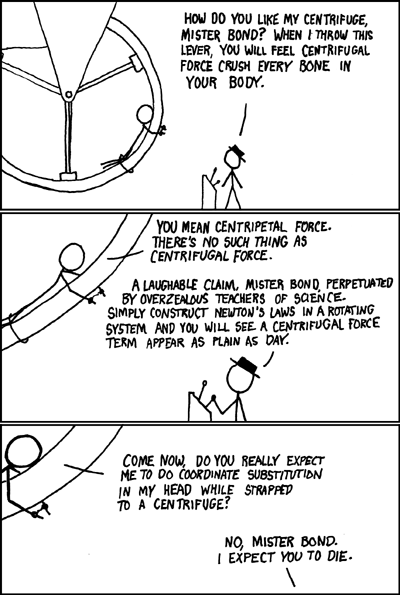1. Explain how a simple battery can produce an electrical current.
2. Define current, ampere, emf, voltage, resistance, resistivity, and temperature coefficient of resistance.
4. Distinguish between a) conventional current and electron current and b) direct current and alternating current.
5. Know the symbols used to represent a source of emf, resistor, voltmeter, and ammeter and how to interpret a simple circuit diagram.
6. Given the length, cross sectional area, resistivity, and temperature coefficient of resistance, determine a wire's resistance at room temperature and some higher or lower temperature.
7. Solve simple dc circuit problems using Ohm's law.
8. Use the equations for electric power to determine the power and energy dissipated in a resistor and calculate the cost of this energy to the consumer.
1. Determine the equivalent resistance of resistors arranged in series or in parallel or the equivalent resistance of a series parallel combination.
2. Use Ohm's law and Kirchhoff's rules to determine the current through each resistor and the voltage drop across each resistor in a single loop or multiloop dc circuit.
3. Distinguish between the emf and the terminal voltage of a battery and calculate the terminal voltage given the emf, internal resistance of the battery, and external resistance in the circuit.
4. Determine the equivalent capacitance of capacitors arranged in series or in parallel or the equivalent capacitance of a series parallel combination.
5. Determine the charge on each capacitor and the voltage drop across each capacitor in a circuit where capacitors are arranged in series, parallel, or a series parallel combination.
6. Calculate the time constant of an RC circuit.
Day 67
Introduction to Basic Circuits & Diagrams.
Notes: Circuit Symbology
Drawing Circuit Diagram
- Battery Voltage Source
- Wires
- Resistors and Bulbs
- Switches
Ohm's Law Lab
Day 69
Ohm's Law
Conclusions
Day 70
Easter Bunny Rules
Recitation Circuits WS
HW complete circuits WS
Practice Quiz:
http://www.indiabix.com/electronics/series-circuits/Objectives
Day 71
Circuits Quest con Queso
Day 72
Hotdog Hotdog hot digity dog
